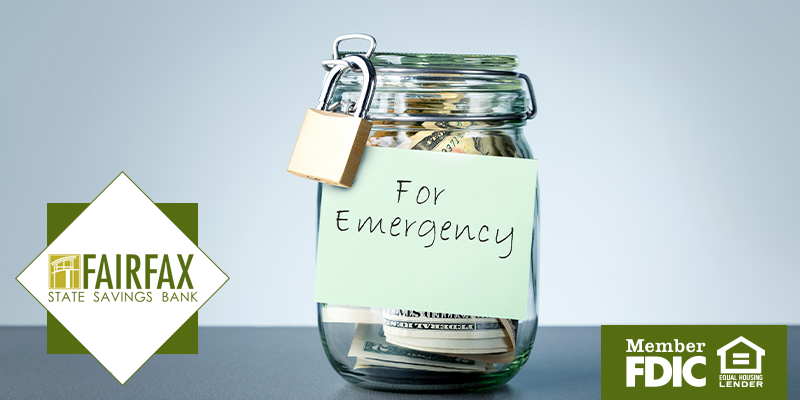Expecting the Unexpected: Crafting Your Ideal Emergency Fund
Posted on | Categories: Budgeting, Personal Finances

As much as we may try to plan ahead and predict what the future holds, life is full of surprises and unexpected events. Emergencies such as medical bills, car repairs, and being laid off can throw our finances off balance, leaving us struggling to make ends meet. That's why having an emergency fund is essential for financial stability and peace of mind. In this blog post, we'll discuss how to create your ideal emergency fund and why it's important.
What Is an Emergency Fund?
An emergency fund is a savings account set aside for unexpected expenses and emergencies. It's a safety net that can help you avoid going into debt or having to dip into other savings accounts to cover unforeseen expenses. Your emergency fund should be easily accessible, such as in a savings account or money market account, so that you can quickly access the funds when needed.
Start a money market account and savings account – check out our array of products here!
Why Is an Emergency Fund Important?
An emergency fund can provide peace of mind and financial stability during times of uncertainty. It can help you avoid going into debt or relying on credit cards to cover unexpected expenses. Additionally, having an emergency fund can provide a sense of security, knowing that you have a safety net to fall back on.
How Much Should You Save?
The general rule of thumb is to save three to six months' worth of living expenses in your emergency fund. However, the ideal amount may vary depending on your personal situation. Consider factors such as your job stability, income, and expenses when determining how much to save. For example, if you have a stable job with a steady income, you may be able to get by with a smaller emergency fund. On the other hand, if you're self-employed or have an irregular income, you may need to save more to cover any potential income gaps.
How to Build Your Emergency Fund
Building an emergency fund takes time and discipline. Start by setting a savings goal and creating a budget to determine how much you can realistically save each month. Look for areas where you can cut back on expenses, such as eating out or entertainment, and redirect those funds toward your emergency fund.
Consider automating your savings by setting up automatic transfers from your checking account to your emergency fund. This can help you save consistently and avoid the temptation to spend the money elsewhere. Contact Fairfax State Savings Bank to get started!
Where to Keep Your Emergency Fund
Your emergency fund should be easily accessible and kept in a separate account from your other savings. Consider a high-yield savings account or money market account, which can earn you interest while keeping your money liquid and accessible. Avoid investing your emergency fund in the stock market or other risky investments. While these investments may offer higher returns, they are not suitable for emergency funds, which should be kept safe and readily available.
Thanks for joining us, and we hope you’ve learned the importance and logistics of building your emergency fund. Start your emergency fund today and enjoy the peace of mind that comes with financial stability. If you have questions, reach out to your financial partners at Fairfax State Savings Bank!
